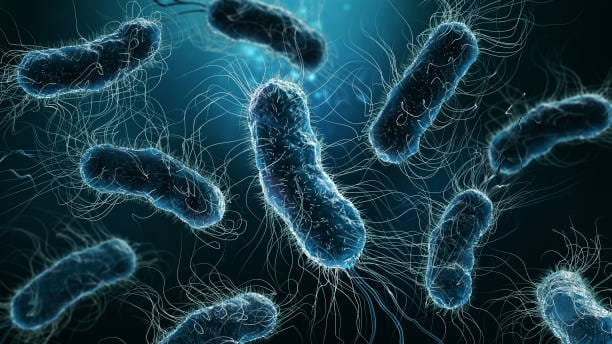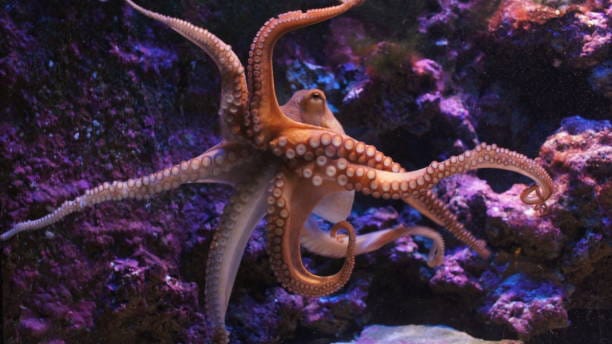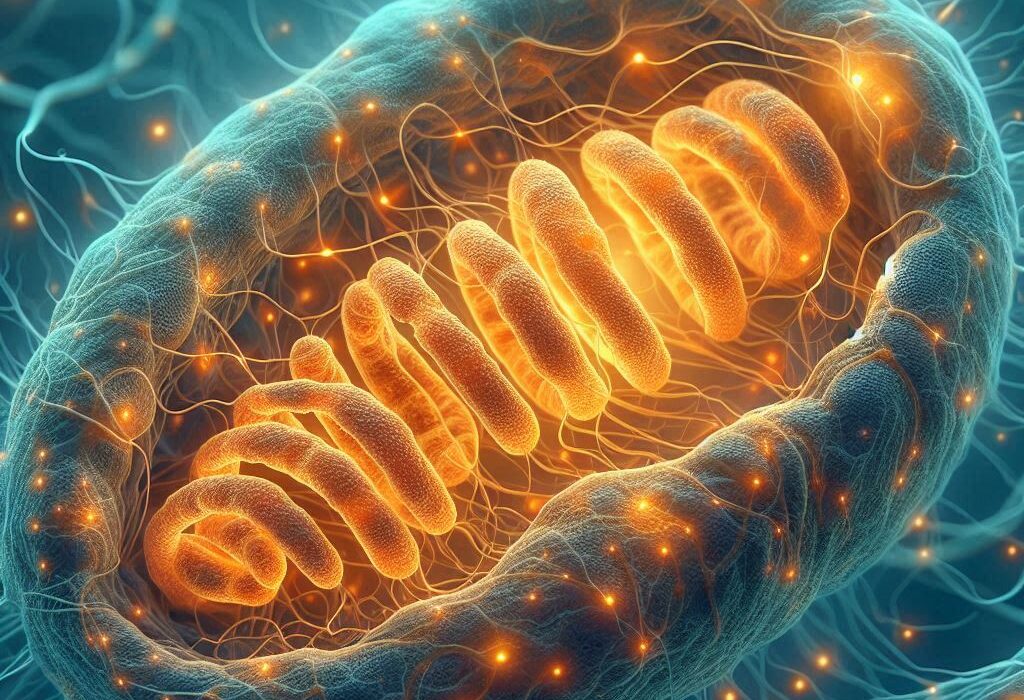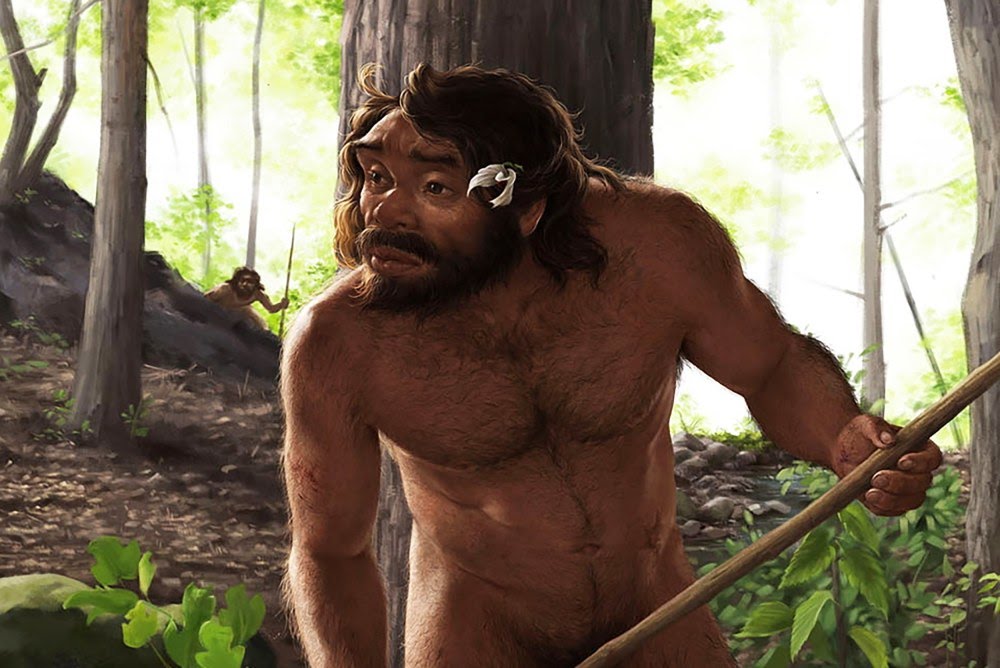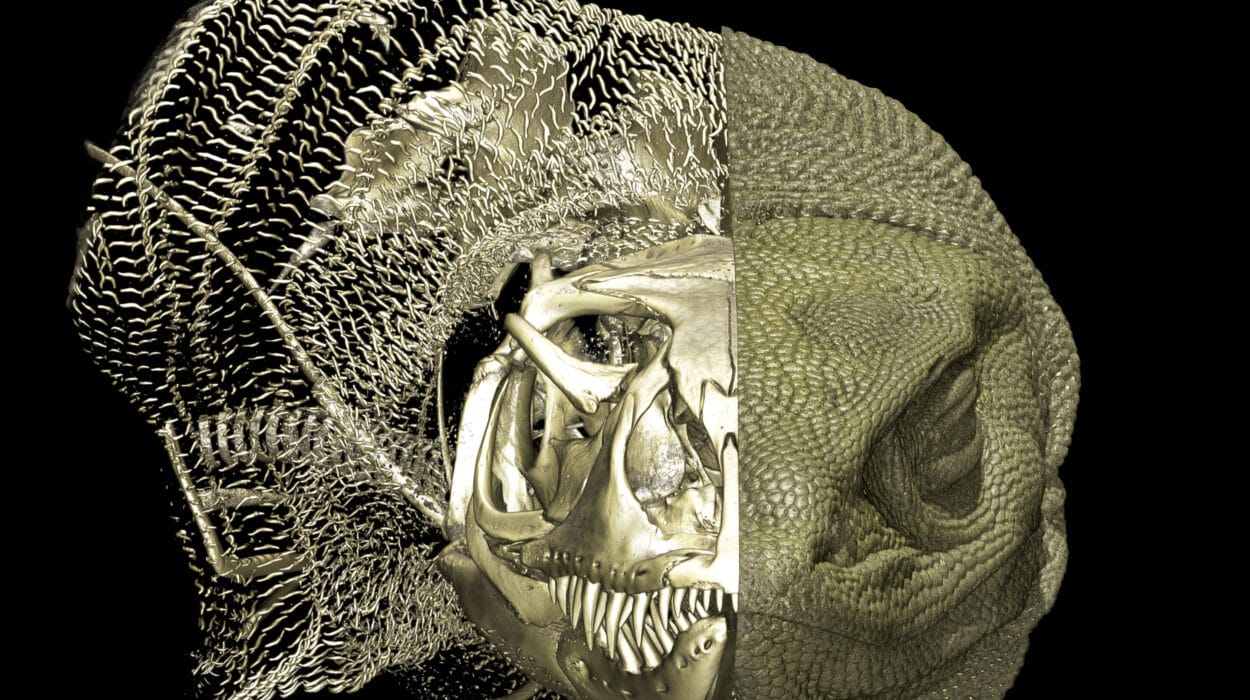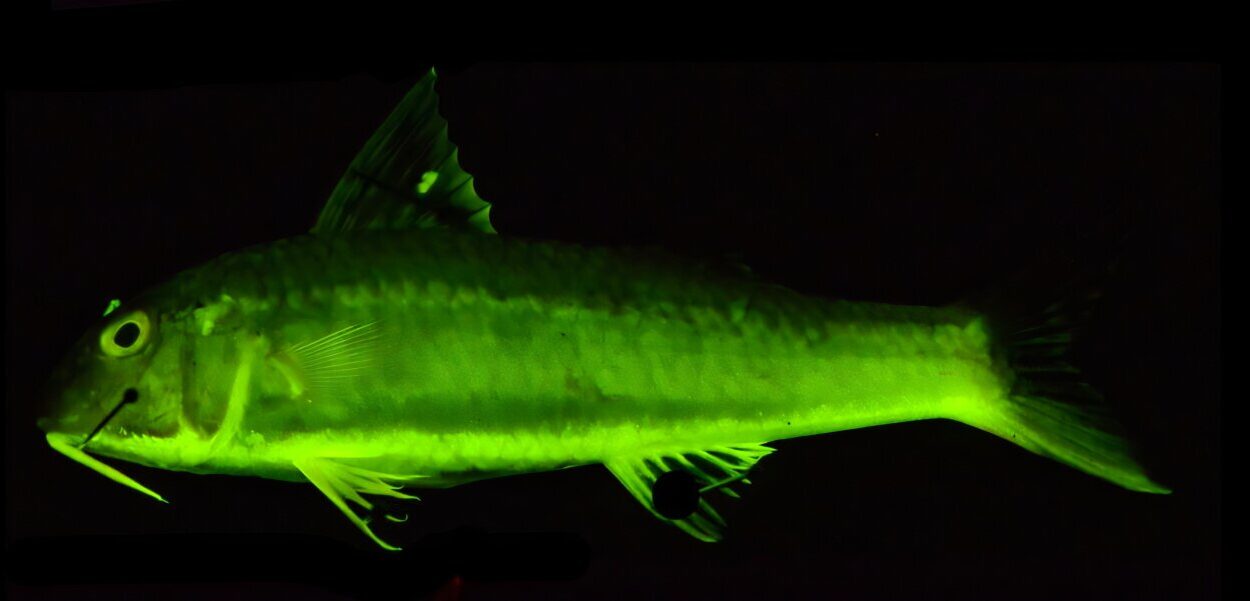Beneath the surface of everything we touch, everything we eat, everything we breathe, there exists a vast, teeming world of microscopic life. Microorganisms—organisms too small to be seen with the naked eye—pervade every corner of the planet. They flourish in soil, water, air, and even the most extreme environments imaginable: from boiling hydrothermal vents to frozen Antarctic glaciers. They live on our skin, in our mouths, and within our guts. In fact, they outnumber the cells in the human body by orders of magnitude.
Though they are invisible, their presence is palpable. Microorganisms are essential to life. They ferment our food, enrich our soil, fix nitrogen, decompose the dead, and help regulate the climate. Some cause disease and devastation, but many more sustain our health and balance the Earth’s ecosystems.
The microbial universe is incredibly diverse, but its inhabitants can be broadly categorized into five major types: bacteria, viruses, fungi, protozoa, and algae. Each group has its own characteristics, structures, and ecological roles, but together, they compose the oldest, most resilient, and most dynamic forms of life on Earth. Understanding them means venturing into the origins of life itself—and into the very engine room of the biosphere.
Bacteria: The Masters of Adaptation
Bacteria are among the oldest life forms known, with fossils dating back more than 3.5 billion years. Their simplicity is deceptive. A typical bacterial cell is only a few micrometers wide, but within that minuscule space lies an elegant, efficient machine capable of astonishing feats of survival.
Bacterial cells are prokaryotic, meaning they lack a nucleus. Their DNA floats freely in the cytoplasm, often coiled into a single circular chromosome. Most bacteria also possess plasmids—small, extra-chromosomal loops of DNA that can carry useful genes, like those for antibiotic resistance or toxin production. The outer membrane of the bacterium, composed of a rigid cell wall and protective capsule, enables it to survive harsh conditions.
What sets bacteria apart is their adaptability. They can metabolize an extraordinary range of substances—from sugars and proteins to sulfur and even radiation. Some bacteria are autotrophic, producing their own food through photosynthesis or chemosynthesis. Others are heterotrophic, feeding on organic matter. Their metabolic diversity allows them to colonize everything from human intestines to deep-ocean vents.
Some bacteria play crucial roles in human health. Our gut microbiome is composed primarily of bacteria that assist in digestion, produce essential vitamins like B12 and K, and help train our immune system. In agriculture, nitrogen-fixing bacteria like Rhizobium enable plants to absorb vital nutrients from the soil.
But bacteria can also be deadly. Pathogenic strains like Mycobacterium tuberculosis, Staphylococcus aureus, or Escherichia coli O157:H7 cause illnesses that range from mild infections to life-threatening diseases. The rise of antibiotic-resistant bacteria poses one of the most serious public health challenges of the 21st century.
Despite their dual nature—as both allies and adversaries—bacteria remain essential partners in the story of life. Without them, there would be no decomposition, no recycling of nutrients, no agriculture, and no humans. They are not just passengers on Earth; they are its ancient architects.
Viruses: The Ghosts of the Microbial World
Viruses occupy a strange and enigmatic place in biology. Unlike bacteria, viruses are not considered living organisms by most scientists. They are molecular parasites—complex arrangements of genetic material (either DNA or RNA) wrapped in a protein shell, sometimes cloaked in a lipid envelope. They have no metabolism, no cellular machinery, and no means of reproduction outside a host cell.
Yet their impact on life is profound.
To reproduce, a virus must invade a host cell, hijack its machinery, and force it to create new virus particles. This can cause the host cell to burst open, releasing thousands of viral offspring in a cascade of infection. The process can devastate tissues and trigger severe immune responses, as seen in diseases like influenza, HIV/AIDS, Ebola, and COVID-19.
Viruses are the smallest of all microorganisms, often measuring just tens of nanometers across. But they are astonishingly abundant. An estimated 10³¹ virus particles exist on Earth—that’s more than a million times the number of stars in the observable universe. Oceans are particularly rich in viruses, with millions present in every milliliter of seawater. These marine viruses play a key role in regulating microbial populations, nutrient cycles, and the global carbon balance.
Despite their reputation as agents of disease, viruses also have creative roles in evolution. They can transfer genetic material between species—a process called horizontal gene transfer—that can lead to new traits, adaptations, and even new species. Some viruses insert their genetic code into host genomes permanently, leaving behind a viral footprint that can be inherited for generations.
In humans, up to 8% of our DNA is made up of ancient viral remnants—ghosts of infections past that now contribute to vital functions, including the development of the placenta.
Viruses challenge our definitions of life. They are neither truly alive nor inert, but something in between. Their presence in our world reminds us that biology is not always black and white. Sometimes, it exists in twilight.
Fungi: The Decomposers and Networkers
Fungi are some of the most misunderstood microorganisms. Often lumped with plants because they grow in soil and sprout structures like mushrooms, fungi are, in fact, genetically closer to animals. Their cell walls are made of chitin (not cellulose, like plants), and they absorb nutrients from their environment rather than producing their own through photosynthesis.
Microfungi, such as yeasts and molds, are critical components of microbial life. They thrive in diverse environments—wet walls, kitchen bread, leaf litter, and even the skin. Larger fungi like mushrooms are just the reproductive structures; the true body of a fungus is an underground network of thread-like filaments called hyphae. These networks form a vast underground matrix known as mycelium, which can stretch across acres.
Fungi are Earth’s great decomposers. They break down dead organic material, recycling nutrients like carbon, nitrogen, and phosphorus back into the ecosystem. Without fungi, forests would be choked with detritus, and soil fertility would collapse. They are the unsung custodians of ecological balance.
Certain fungi form symbiotic relationships that are essential for plant life. Mycorrhizal fungi live in or around plant roots, exchanging minerals and water for sugars. This relationship is so fundamental that over 90% of all plant species rely on fungal partners to grow.
Yeasts, like Saccharomyces cerevisiae, have shaped human history through fermentation. They produce bread, beer, wine, and biofuels. Fungi also yield critical antibiotics, most famously penicillin, derived from the Penicillium mold. Other fungi provide immunosuppressants, cholesterol-lowering drugs, and enzymes for industrial use.
Yet fungi are not always benign. Pathogenic fungi such as Candida albicans can cause infections, especially in immunocompromised individuals. Agricultural fungi like Aspergillus and Fusarium can destroy crops and contaminate food supplies with toxins.
Despite these threats, fungi are indispensable. They reveal the complex, interwoven fabric of life—how decay enables growth, and how relationships among organisms shape ecosystems.
Protozoa: The Shape-Shifting Predators
Protozoa are single-celled eukaryotes—organisms whose cells have a nucleus and organelles—distinguished by their animal-like behavior. Unlike bacteria, protozoa engulf their food through a process called phagocytosis, consuming other microbes, organic debris, or even host cells. They are remarkably diverse in shape, size, and lifestyle, and often exhibit complex behaviors like movement, predation, and reproduction.
Many protozoa are free-living, dwelling in soil, freshwater, and marine environments. Others are parasitic, causing diseases in humans and animals. The malaria parasite Plasmodium, transmitted by mosquitoes, invades red blood cells and kills over 600,000 people annually. Trypanosoma brucei, the agent of African sleeping sickness, and Entamoeba histolytica, which causes dysentery, are other examples of protozoan pathogens.
Protozoa are often highly motile, using whip-like flagella, hair-like cilia, or pseudopodia—temporary extensions of the cell—for movement. Their locomotion enables them to chase prey, escape predators, and navigate complex environments.
Despite their microscopic size, protozoa exhibit surprising complexity. Some can form cysts—dormant, resilient structures that allow them to survive harsh conditions. Others show signs of primitive learning, adapting their behavior based on environmental cues.
Protozoa are essential components of aquatic food webs. They regulate bacterial populations, recycle nutrients, and serve as food for larger organisms like zooplankton. They also help control microbial balance in soil and wastewater treatment systems.
Studying protozoa opens a window into the earliest stages of cellular evolution. Their eukaryotic architecture—complete with mitochondria, endoplasmic reticulum, and a cytoskeleton—reveals the innovations that gave rise to complex life. They are living snapshots of our own microscopic ancestry.
Algae: The Photosynthetic Powerhouses
Algae are a diverse group of photosynthetic organisms that range from unicellular microalgae to gigantic seaweeds like kelp. Though often associated with plants, algae span multiple evolutionary lineages and vary widely in structure and habitat. They are aquatic pioneers, performing more than half of the planet’s photosynthesis and producing a significant share of the oxygen we breathe.
Microalgae such as Chlorella, Diatoms, and Dinoflagellates live in freshwater and marine environments. They form the base of aquatic food chains, supporting everything from zooplankton to whales. Their ability to convert sunlight, water, and carbon dioxide into energy is not just essential for life—it’s also a model for sustainable biofuels and carbon sequestration.
Algal cells are eukaryotic and often contain specialized organelles like chloroplasts, pyrenoids, and eyespots. Some move with flagella, while others float passively. Their cell walls may be composed of cellulose, silica, or calcium carbonate, depending on the species.
Algae are vital to climate regulation. Through photosynthesis, they absorb vast quantities of carbon dioxide and produce oxygen. Marine algae, especially phytoplankton, play a key role in the carbon cycle, forming “biological pumps” that transport carbon from the surface to deep ocean sediments.
Beyond ecology, algae have commercial value. They’re cultivated for nutritional supplements (like spirulina), cosmetics, animal feed, pharmaceuticals, and even wastewater treatment. Some microalgae are being engineered to produce biofuels and bioplastics, offering hope for a more sustainable future.
But algae can also become disruptive. Under certain conditions, nutrient-rich waters can fuel algal blooms—rapid population explosions that deplete oxygen, block sunlight, and release toxins. Harmful algal blooms can devastate marine ecosystems and pose serious health risks to humans.
Still, the benefits of algae far outweigh their risks. They are ancient survivors, oxygen creators, and the unsung engines of the biosphere.
Microorganisms and the Web of Life
Each type of microorganism—bacteria, viruses, fungi, protozoa, and algae—occupies a unique niche in Earth’s ecosystems. Yet they do not exist in isolation. Microorganisms interact constantly, forming complex networks of cooperation, competition, and communication. These interactions, though microscopic, have planetary consequences.
In soil, bacteria and fungi form consortia that degrade organic matter and release nutrients. Algae and cyanobacteria partner with fungi to form lichens, which colonize rocks and contribute to soil formation. Protozoa feed on bacteria, keeping populations in check and promoting biodiversity. Viruses infect all these organisms, transferring genes, driving evolution, and regulating population dynamics.
Even in the human body, microbial interactions are layered and dynamic. In the gut, bacteria digest food, produce vitamins, and communicate with host cells. Fungi maintain a balance between protection and pathology. Viruses known as bacteriophages infect and shape bacterial populations, subtly sculpting the microbiome. When this balance is disrupted—by antibiotics, diet, or illness—disease often follows.
Microorganisms form the biochemical scaffolding upon which all macroscopic life depends. They manage nutrient cycles, influence weather patterns, control atmospheric gases, and generate the raw materials of life. Without them, life on Earth would collapse. With them, it flourishes.
Microorganisms and Human History
Microorganisms have not only shaped the natural world but have also directed the course of human history. Epidemics, agricultural revolutions, industrial breakthroughs—all have microbial fingerprints.
The Black Death of the 14th century, caused by Yersinia pestis (a bacterium), killed over a third of Europe’s population and reshaped social, economic, and political structures. Smallpox, caused by a virus, decimated indigenous populations in the Americas and enabled colonial conquest. Malaria and yellow fever determined the outcomes of wars and the boundaries of empires.
But microorganisms have also fueled human progress. Fermentation allowed early civilizations to preserve food and create alcoholic beverages. The discovery of penicillin by Alexander Fleming in 1928—derived from a fungus—ushered in the antibiotic era and transformed medicine. Microbial production of insulin, vaccines, enzymes, and biofuels continues to revolutionize biotechnology.
Today, microbes are harnessed for everything from cleaning up oil spills to developing next-generation therapies. Synthetic biology enables scientists to reprogram microorganisms to perform specific tasks—detect toxins, produce drugs, or even generate electricity.
The relationship between humans and microorganisms is a dynamic interplay of threat and promise, destruction and discovery.
The Tools That Opened the Invisible World
For most of human history, microorganisms went undetected. Illness was blamed on spirits, imbalance, or bad air. It wasn’t until the 17th century that Antonie van Leeuwenhoek, using handmade lenses, first observed “animalcules” in a drop of water. His discovery launched microbiology.
Over the centuries, scientists like Louis Pasteur, Robert Koch, and Joseph Lister established the germ theory of disease, linking specific microbes to specific illnesses. This revolutionized medicine, sanitation, and public health.
Today, advances in microscopy, genomics, and molecular biology allow us to explore microbial life at unprecedented depth. Electron microscopes reveal viral structure in nanometer detail. Metagenomics allows scientists to identify microbes in soil, oceans, and the human body without culturing them. CRISPR, a gene-editing tool adapted from bacterial immune systems, is now reshaping medicine and genetics.
The invisible world is no longer invisible—but its mysteries remain vast.
Microorganisms in Extreme Environments
If life exists anywhere else in the universe, it may look like our microorganisms. Extremophiles—microbes that thrive in boiling acid, deep-sea trenches, radioactive waste, and polar ice—redefine the limits of biology. These organisms survive not in spite of hostile conditions but because of them.
Thermophiles like Thermus aquaticus, discovered in hot springs, led to the development of the polymerase chain reaction (PCR), a revolutionary tool in molecular biology. Halophiles thrive in high salt concentrations, while psychrophiles flourish in freezing temperatures. Acidophiles and alkaliphiles defy pH extremes.
These extremophiles are more than curiosities; they hold the keys to understanding early Earth conditions and the potential for life on Mars, Europa, or Enceladus. They also provide enzymes and molecules for industrial and medical applications.
Studying them expands our concept of habitability and demonstrates life’s extraordinary adaptability.
Microbes and the Human Microbiome
Perhaps the most intimate microbial frontier lies within ourselves. The human microbiome—the community of microorganisms living in and on our bodies—includes trillions of bacteria, fungi, viruses, and even protozoa. It is not a passive entourage but an active participant in health and disease.
The gut microbiome alone contains thousands of species that help digest food, synthesize vitamins, and modulate the immune system. Microbial imbalances have been linked to obesity, diabetes, inflammatory bowel disease, allergies, depression, and even autism.
Birth mode (vaginal vs. cesarean), diet, antibiotics, stress, and genetics all influence the composition of one’s microbiome. The idea of “you” as a single organism is outdated. We are ecosystems, symbiotic amalgamations of human and microbial life.
Fecal transplants, probiotics, and personalized microbiome therapies represent a new wave of medicine—one that recognizes the power of microbial stewardship.
Microorganisms and the Future
Microorganisms will be central to the great challenges of the 21st century. In the face of climate change, microbes are being engineered to capture carbon, degrade plastics, and produce clean energy. In agriculture, microbial inoculants offer alternatives to chemical fertilizers and pesticides. In medicine, phage therapy may provide weapons against antibiotic-resistant bacteria.
Synthetic biology holds particular promise. By designing microbial genomes, scientists can create custom microbes tailored to specific tasks: producing vaccines, detecting toxins, or manufacturing sustainable materials. The ability to rewire life at the molecular level will redefine the boundaries of biotechnology.
But this power carries risks. Biosecurity, ethics, and ecological balance must be vigilantly maintained. We must learn to harness microbes not just as tools, but as partners—intelligent collaborators in a shared biosphere.
A Final Reflection: The Microbial Mirror
Microorganisms are not just components of life. They are life’s original authors. They wrote the first chapters of evolution, and their legacy courses through every living thing. From the air we breathe to the food we eat, from the diseases we battle to the cures we discover—microbes are there.
They are ancient and ever-new, fragile and indestructible, harmful and healing. They are us, and yet not us. They are both the simplest and the most profound expressions of biological ingenuity.
To study them is to look into a mirror—one that reflects not just the smallest units of life, but its deepest interconnectedness. In their story, we find our own.
